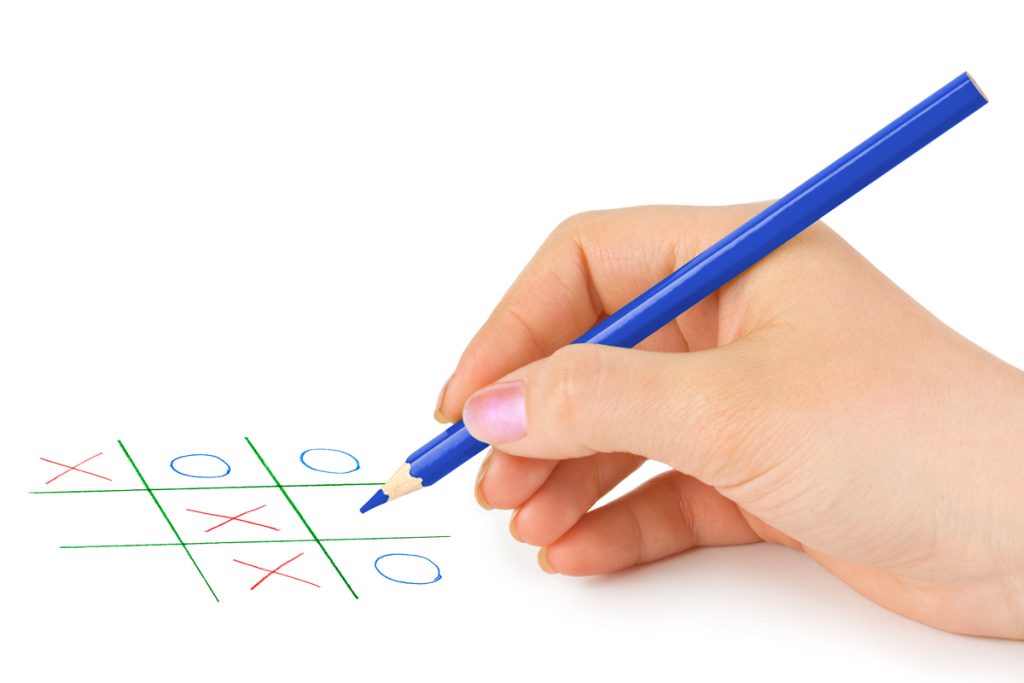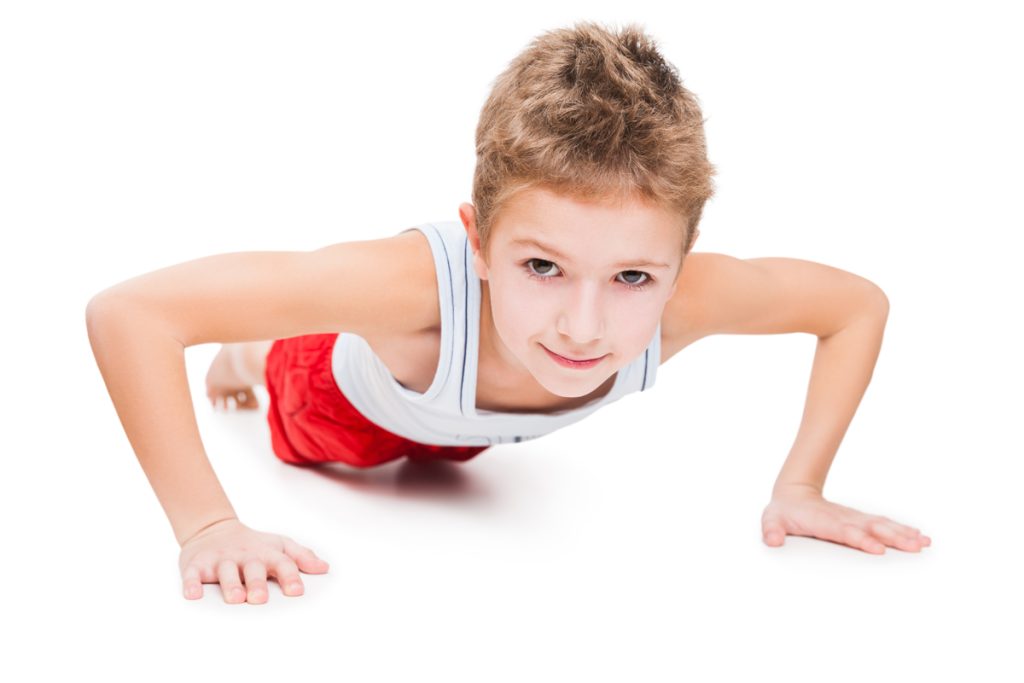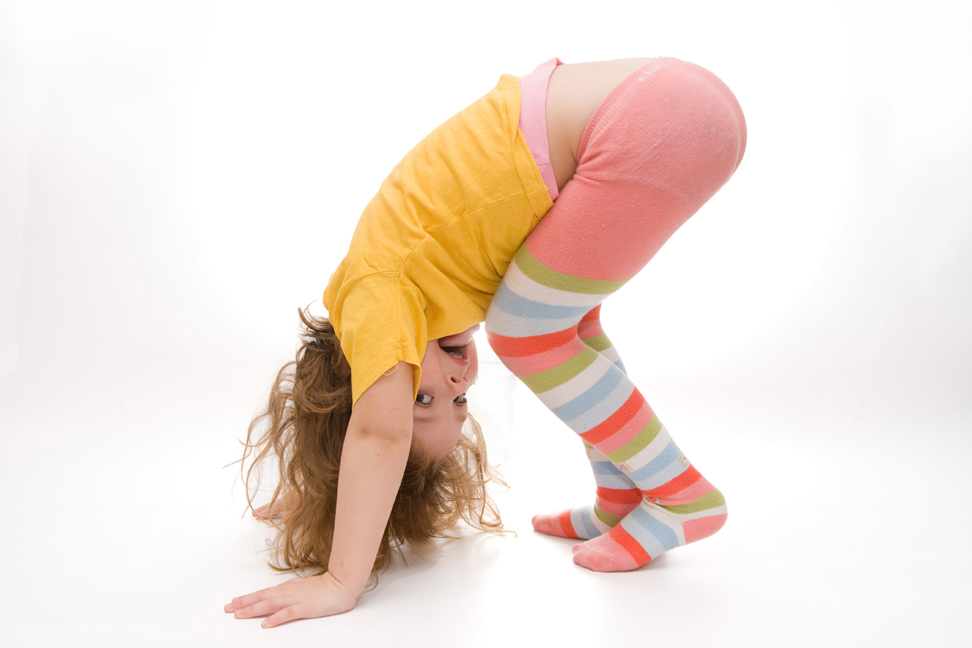By Kim Norton
How many times have you looked at your kids and thought OMG “they are off with the pixies” or they just seem to be lost in their own little world and frustrated you think “why do they not hear a word I say?” Chances are that they are in a state of stress or overwhelm and cannot hear you (as opposed to consciously ignoring you) and they need help with “grounding” themselves.
Activities that “ground” or connect us to the earth and to the current moment help to connect the body and mind allowing us to feel less stressed, less tense, more balanced, centered and calm and enable us to focus and concentrate. Let’s face it, we all need help with that from time to time and our kids are no different.
Simply choose 1 or more of the following activities for your child, or yourself, and try to incorporate one or more into your everyday routine to help regulate stress, to encourage the body and mind to work together and to stay in the moment and focus (or at least help our kids to listen for longer than 30 seconds ).
Some popular examples of grounding activities include:
1. One Minute Meditation
Just concentrate on your breath. Every time your mind wanders just bring it back to your breath. Breathe in and breathe out. One minute is all it takes to reset the mind and calm the body. You should get about 16 breaths in one minute for a healthy adult or about 25 breaths in a primary school aged child so just count your breaths. Breathe in, one, breathe out. Breathe in, two, breathe out and continue for one minute.
2. Carry or Wear a Grounding Crystal
Some examples of these include: red jasper, obsidian, onyx, ruby, garnet, and hematite. Generally, any crystal that is red, brown, or black in colour will work.
Clear and cleanse all crystals via moonlight or burying in the earth. Make sure to charge and programme your crystals by telling them what to do. Carry the crystal with you in a gem pouch, place it under your pillow or wear it as jewellery.
3. Box Breathing
Visualise the 4 sides of a box and breathe in for the count of 4, hold for the count of 4, breathe out for the count of 4. Repeat 3 more times. For our younger kids they can try 3 count breathing instead. Use a pinwheel or party blower to make practising this technique a lot more fun.
4. 5, 4, 3, 2, 1 Grounding Activity
Look around and name 5 things you can see, 4 things you can feel (or touch), 3 things you can hear, 2 things you can taste and 1 thing you can smell.
5. Make a Grounding Spray with Essential Oils
Fill a spray bottle with bottled or purified water, some sea salt and your favourite grounding oil. Grounding oils include any oil with “wood” in the name like cedarwood and sandalwood and others like lavender and frankincense. Use individually or in a blend and spray around yourself and/or your space.

Other examples can include:
6. Play “Noughts and Crosses”
7. Bathe in sea salt
8. Listen to a guided meditation
9. Play a memory match game
10. Practise belly breathing
11. Swim at the beach
12. Lay on the grass
13. Do a progressive muscle relaxation exercise
14. Make a list (such as a to do list, or shopping list)
15. Exercise

16. Play “Eye Spy”
17. Chakra balancing
18. Walk barefoot on the sand
19. Use flower essences
20. Eat plant-based foods
21. Have a reiki session
22. Five finger breathing
23. Listen to music
24. Play “Simon Says”
25. Sing at the top of your lungs
26. Colour in
27. Draw a mandala
28. Blindfold taste test
29. Have a drink of water
30. Visualise/wear red brown and black colours
31. Name five things you are grateful for
32. Walk barefoot on the grass
33. Dance (alone in the kitchen is fine)
The above activities are also suitable for our ADHD and/or our autistic kiddos who may have trouble with focus and concentration. Regardless of your child’s age or ability, or yours, there are grounding activities that can help us all stay calm and focussed and able tackle the task at hand.
Try them for yourself and see how you go.
Kim is the founder of Rainbow Light Therapies and is a Holistic Counsellor specialising in stress and anxiety management for kids, teens, and adults. Kim provides a unique, intuitive, and individualised therapy approach through individual, small group, and family counselling sessions both online and at her studio in Langwarrin. Also working with special needs kids, Kim runs sessions and workshops for people of all abilities on assorted topics throughout the year.


